Neurological Balance and Medical Disorders
- Seizure Disorders in Children: Symptoms, Diagnosis, and Therapy
- Tourette Syndrome in Children: Symptoms, Diagnosis & Therapy Options
- Substance Use Disorders in Youth: Effects, Signs & Therapy Support
- Cerebral Palsy in Children: Symptoms, Types & Therapy Support
- Pediatric TBI & Concussions: Symptoms, Recovery & Therapy Support
- Pediatric Migraines: Symptoms, Triggers & Therapy Support
- Ehlers-Danlos Syndrome in Children: Symptoms, Types & Therapy Support
- BPPV: Causes, Symptoms & Treatment with Physical Therapy
- Vestibular Disorders: Symptoms, Causes & Therapy Support for All Ages
- Parkinson’s Disease: Symptoms, Treatment & Therapy Support
- Post-Stroke Rehab & CVA Recovery: Find Therapists for Stroke Rehabilitation
- Ataxia: Causes, Symptoms & Rehab Therapies
- Peripheral Neuropathy: Causes, Symptoms & Rehab
- Delayed Motor Milestones in Children | Early Signs, Causes & Therapy
- Hypotonia (Low Muscle Tone) in Children: Symptoms, Causes & Therapy
- Spina Bifida in Children: Types, Symptoms & Therapy Options
- Tic Disorders in Children: Symptoms, Types & Therapy Support
- Down Syndrome
BPPV: Causes, Symptoms & Treatment with Physical Therapy

Authored by: The DrSensory Editorial Team
Reviewed by: 🛡️ DrSensory Clinical Review Board – Doctor of Therapy Rehab Division
Last updated: June 2025
Benign Paroxysmal Positional Vertigo (BPPV): Causes, Symptoms & PT-Based Recovery
What Is BPPV (Benign Paroxysmal Positional Vertigo)?
BPPV is one of the most common causes of vertigo, a false sensation that you or your surroundings are spinning or moving. This condition occurs when tiny calcium carbonate crystals (otoconia) dislodge from the utricle and move into the semicircular canals of the inner ear, disrupting your body’s balance system.
Although BPPV is more common in older adults, it can occur at any age, including children, especially following head trauma or inner ear disorders.
Who Is Affected by BPPV?
BPPV can affect both children and adults, with highest prevalence among:
- Adults over 50 years
- Women more than men
- Individuals with a history of head injury
- People with vestibular migraines, inner ear infections, or Meniere’s disease
- Children with concussions or vestibular dysfunction
While rare in very young children, pediatric cases are often misdiagnosed or underrecognized.
Common Symptoms of BPPV
BPPV is triggered by changes in head position. Symptoms usually last seconds to minutes and may include:
Core Symptoms
- Sudden episodes of spinning (vertigo) when turning the head
- Dizziness when lying down, rolling over, or looking up
- Feeling off-balance or unsteady
- Nausea or vomiting
- Nystagmus (involuntary eye movements)
In Children
- Complaints of the “room spinning”
- Avoidance of certain head movements
- Balance issues or frequent falls
- Unexplained motion sensitivity
What Causes BPPV?
- Common causes include:
- Aging (degeneration of inner ear structures)
- Head trauma or concussion
- Inner ear infections or vestibular neuritis
- Surgery, especially ear or dental procedures
- Prolonged bed rest or inactivity
- Sometimes, no identifiable cause (idiopathic)
Diagnosing BPPV
Diagnosis is clinical and can be done by a trained physical therapist, ENT, or neurologist using specific positional tests, most commonly:
- Dix-Hallpike Maneuver – Tests for BPPV in the posterior canal
- Roll Test – Identifies horizontal canal involvement
Symptoms reproduced during these maneuvers, along with nystagmus, confirm BPPV.
Physical Therapy Treatment for BPPV
Physical therapy is the first-line treatment for BPPV. Therapists trained in vestibular rehabilitation therapy (VRT) can accurately diagnose and resolve symptoms using repositioning maneuvers.
Repositioning Maneuvers
These are safe, non-invasive procedures to guide displaced crystals out of the semicircular canals:
- Epley Maneuver (most common)
- Semont Maneuver
- Brandt-Daroff Exercises (home-based)
- BBQ Roll (for horizontal canal BPPV)
Relief is often immediate or occurs within 1–3 sessions.
Vestibular Rehabilitation Therapy (VRT)
If symptoms persist or recur, PTs may also use:
- Balance retraining
- Gaze stabilization
- Habituation exercises
- Fall prevention strategies
This therapy is especially helpful for older adults, post-concussion patients, or those with recurrent BPPV.
Can BPPV Return?
Yes—BPPV recurs in up to 50% of cases within five years. Regular follow-ups and vestibular therapy may reduce recurrence and help manage flare-ups.
Triggers for recurrence include:
- Stress
- Inactivity
- Sudden head movements
- Underlying vestibular conditions
How DrSensory Helps You Find a BPPV Specialist
DrSensory makes it easy to find licensed physical therapists who specialize in vestibular rehabilitation and BPPV treatment. Our growing directory includes:
- Verified Physical Therapists (PTs)
- In-person or telehealth options
- Therapists with experience treating pediatric and adult vestibular conditions
Frequently Asked Questions (FAQ)
Is BPPV dangerous or life-threatening?
No, BPPV itself is not life-threatening. However, the sudden vertigo it causes can increase fall risk, especially in older adults. Early treatment by a physical therapist reduces these risks.
Can children get BPPV?
Yes. Although less common, children can develop BPPV—especially after concussions, ear infections, or head injuries. Pediatric physical therapists can perform age-appropriate maneuvers and rehabilitation.
What if I feel dizzy but don’t have spinning sensations?
Not all dizziness is BPPV. Other conditions like vestibular migraines, labyrinthitis, or orthostatic hypotension may be the cause. A trained vestibular therapist or physician can evaluate the exact source of your symptoms.
How do I prevent BPPV from coming back?
While not always preventable, you can reduce recurrence risk by:
- Staying physically active
- Practicing safe head movements
- Avoiding extended bed rest when possible
- Getting regular PT follow-ups if you’ve had recurrent episodes
This page provides general educational content and is not a substitute for professional medical advice. Always consult a licensed provider for diagnosis and treatment.
View privacy policy, copyright and trust info
More on Neurological Balance and Medical Disorders

- Seizure Disorders in Children: Symptoms, Diagnosis, and Therapy
- Tourette Syndrome in Children: Symptoms, Diagnosis & Therapy Options
- Substance Use Disorders in Youth: Effects, Signs & Therapy Support
- Cerebral Palsy in Children: Symptoms, Types & Therapy Support
- Pediatric TBI & Concussions: Symptoms, Recovery & Therapy Support
- Pediatric Migraines: Symptoms, Triggers & Therapy Support
- Ehlers-Danlos Syndrome in Children: Symptoms, Types & Therapy Support
- BPPV: Causes, Symptoms & Treatment with Physical Therapy
- Vestibular Disorders: Symptoms, Causes & Therapy Support for All Ages
- Parkinson’s Disease: Symptoms, Treatment & Therapy Support
- Post-Stroke Rehab & CVA Recovery: Find Therapists for Stroke Rehabilitation
- Ataxia: Causes, Symptoms & Rehab Therapies
- Peripheral Neuropathy: Causes, Symptoms & Rehab
- Delayed Motor Milestones in Children | Early Signs, Causes & Therapy
- Hypotonia (Low Muscle Tone) in Children: Symptoms, Causes & Therapy
- Spina Bifida in Children: Types, Symptoms & Therapy Options
- Tic Disorders in Children: Symptoms, Types & Therapy Support
- Down Syndrome
Find a Therapist near you
Are you looking for a physical, occupational, or speech therapist in your area?
Look no further than the DrSensory Therapist Database and Clinic Directory!
Find a Therapist
Find the physical therapist, occupational therapist, or speech language pathologist you’re looking for!
Ask Us Anything
Whether you are looking for advice, have a general question about sensory processing, or looking for resources.
Submit Your Story
Share your story about your child. Let’s celebrate milestones and learn more about challenges.














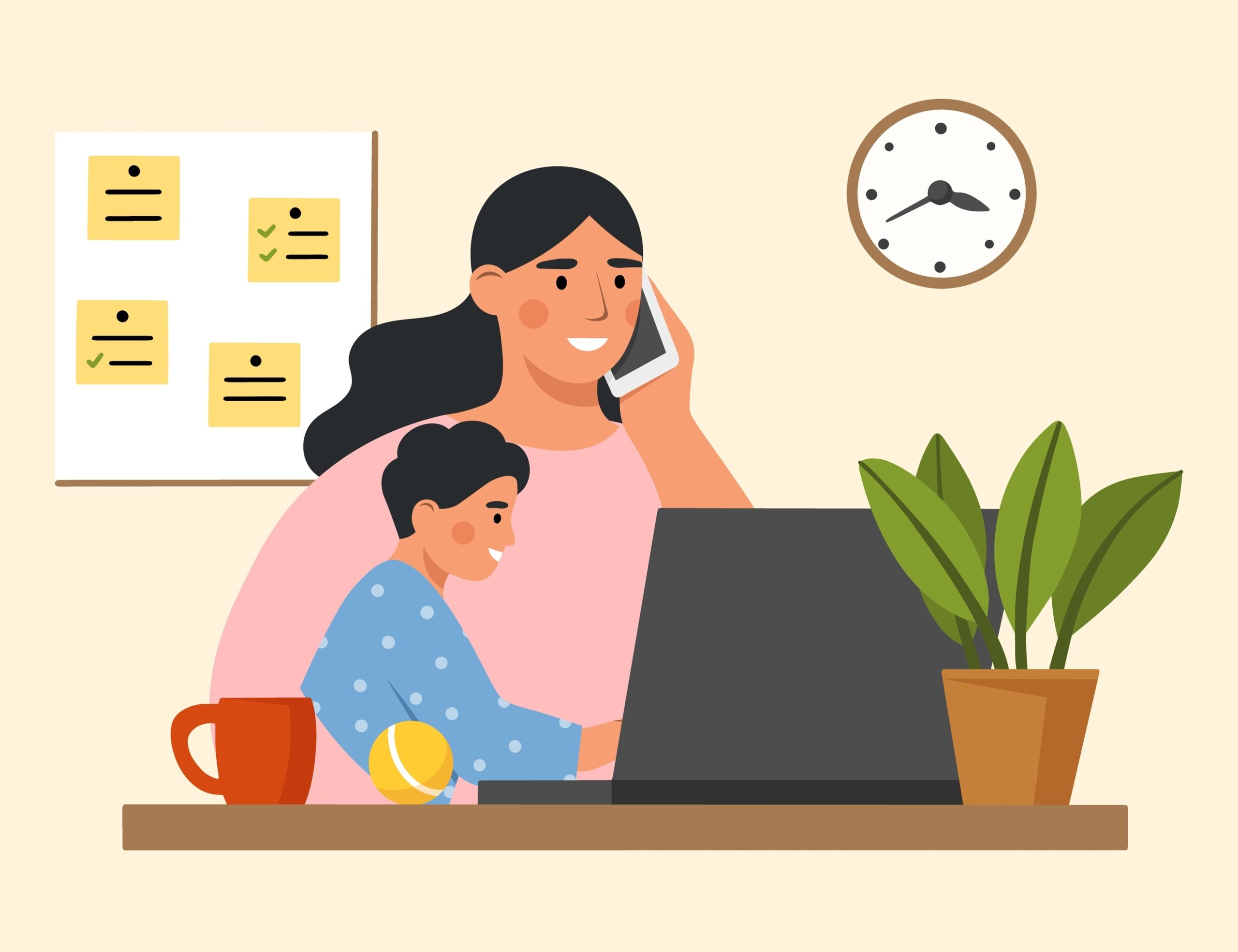


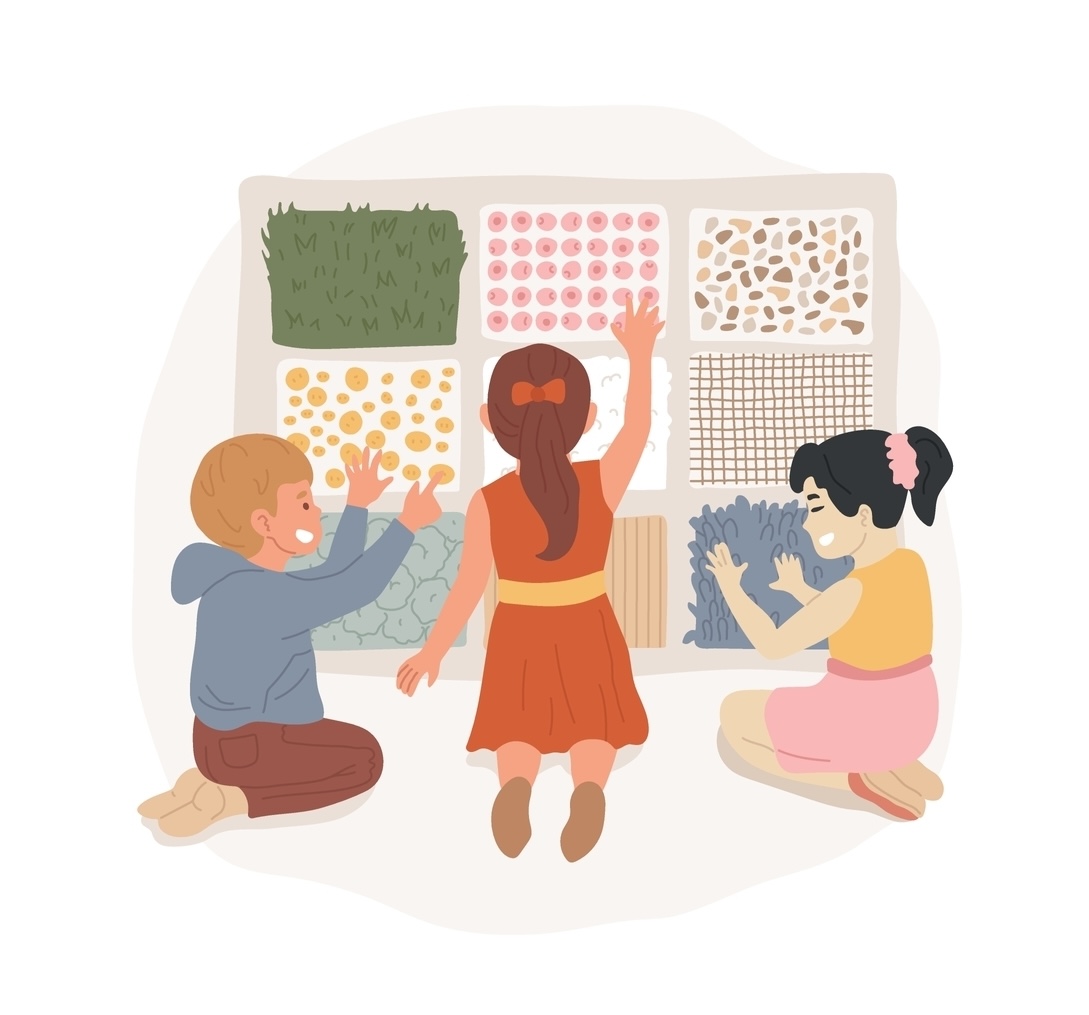



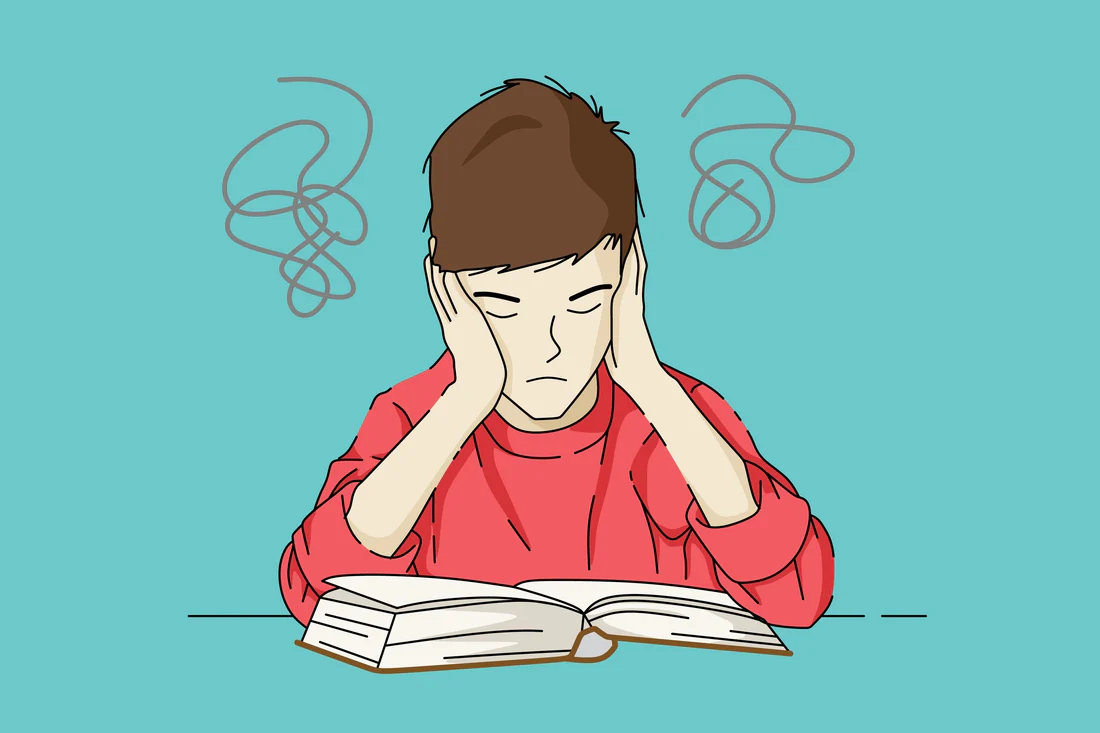
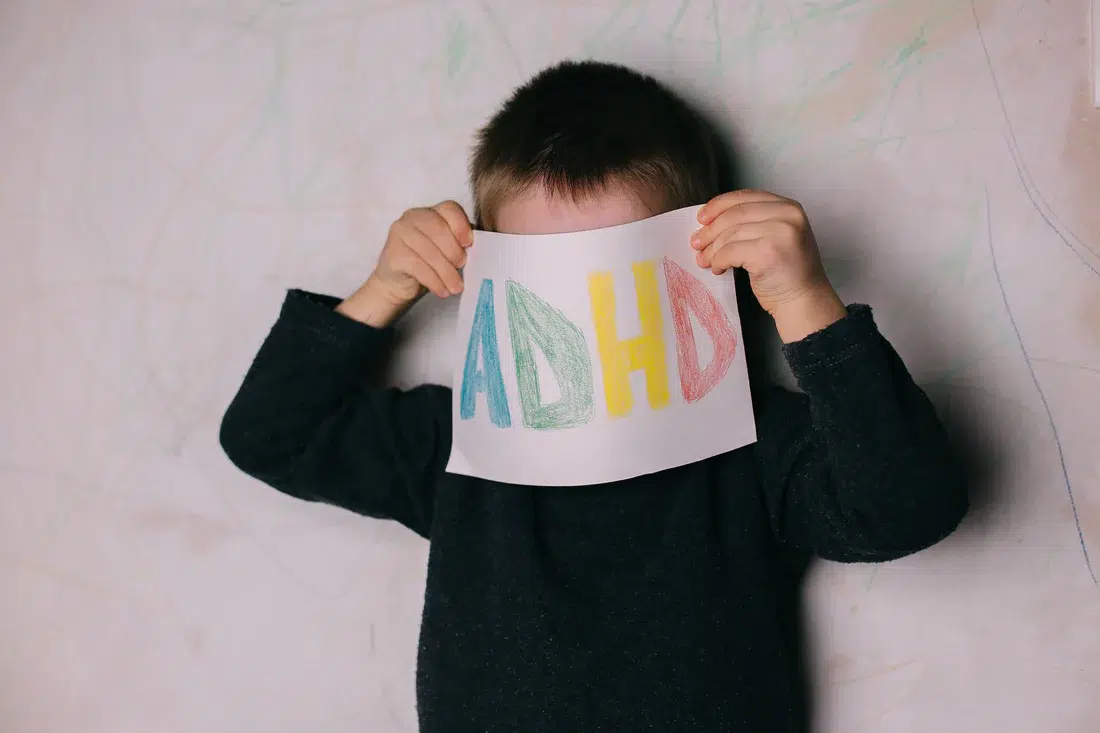


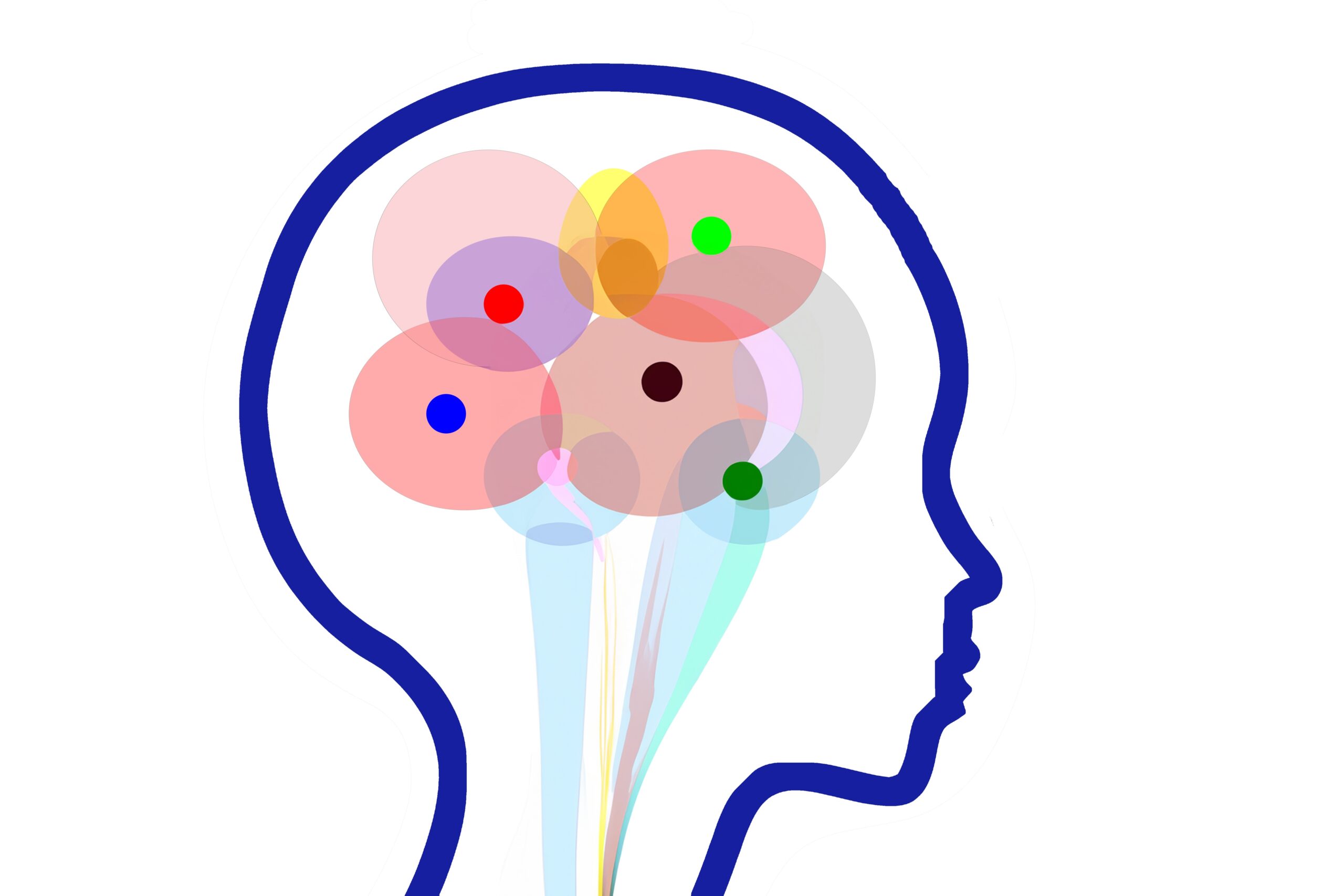
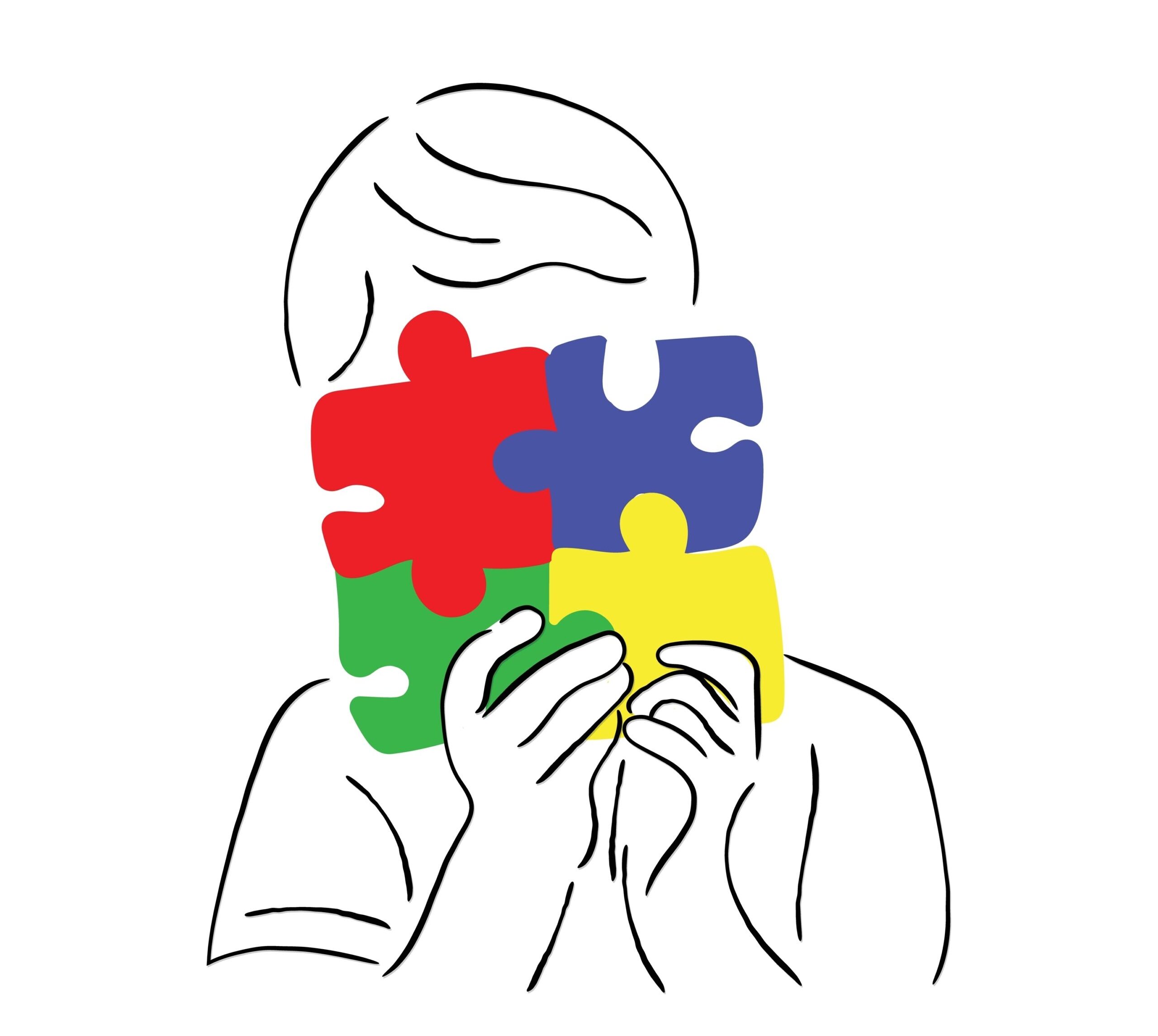
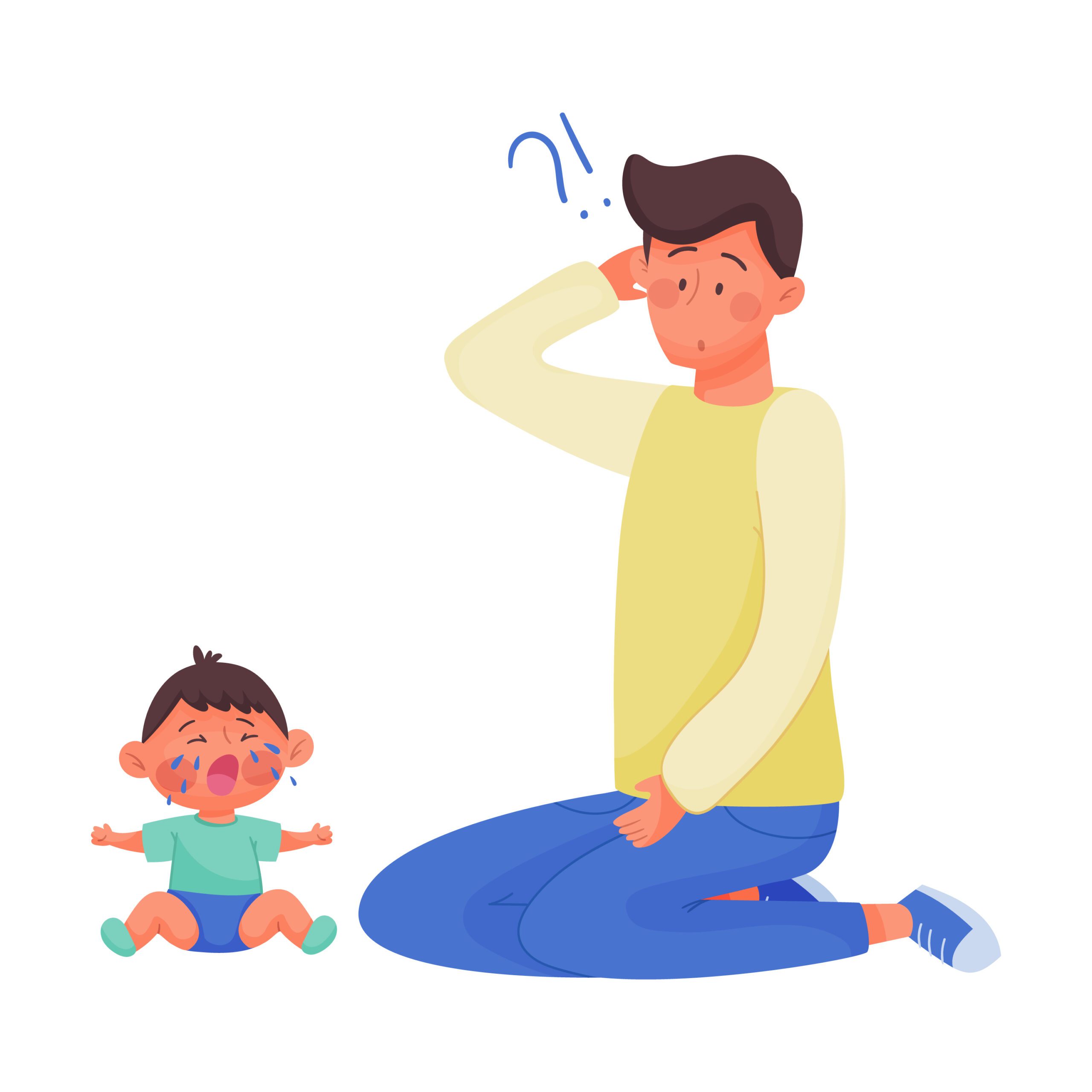

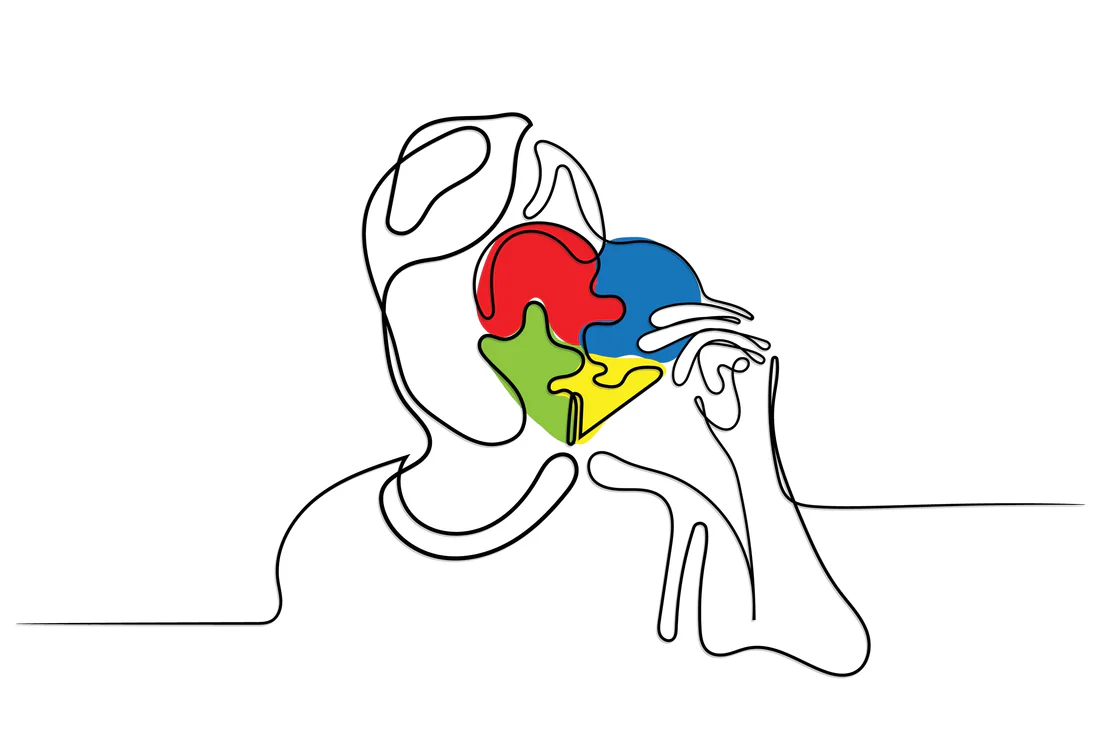










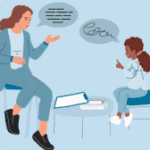 Speech Therapy
Speech Therapy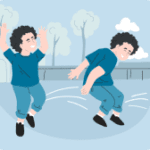 Physical Therapy
Physical Therapy Occupational Therapy
Occupational Therapy




